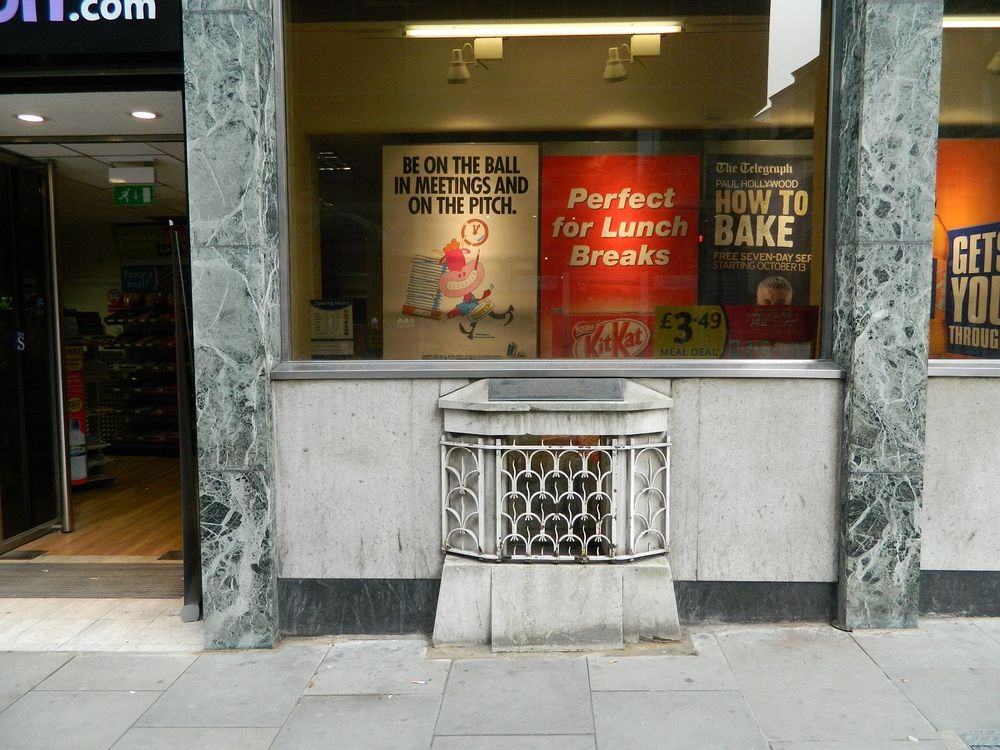Big Stone River, Russia
river russia stone TravelThe Big Stone River is a chaotic jumble of huge boulders flowing down the slope of the Taganay mountains in the Southern Urals, on the territory of Chelyabinsk Oblast, Russia. The river of stone is 6 km long and averages 200 meters in width. Parts of it are 700 meters wide.
The gigantic rock slide is believed to have occurred during the last glaciation some 10,000 years ago. At that time, glaciers covered the top of the ridges of the Taganay mountains reaching heights up to 4,800 meters. Under the immense weight of this ice, the top of the mountain was pulverized into millions of large boulders. When the ice melted away, these rocks slowly slide down the hill creating the Big Stone River. The geological feature is named “river” only because it resembles as such, not because it actually flows. The rock slide has been sitting motionless for thousands of years.

Photo credit: kucha.dirty.ru
The gigantic rock slide is believed to have occurred during the last glaciation some 10,000 years ago. At that time, glaciers covered the top of the ridges of the Taganay mountains reaching heights up to 4,800 meters. Under the immense weight of this ice, the top of the mountain was pulverized into millions of large boulders. When the ice melted away, these rocks slowly slide down the hill creating the Big Stone River. The geological feature is named “river” only because it resembles as such, not because it actually flows. The rock slide has been sitting motionless for thousands of years.

Photo credit: kucha.dirty.ru








